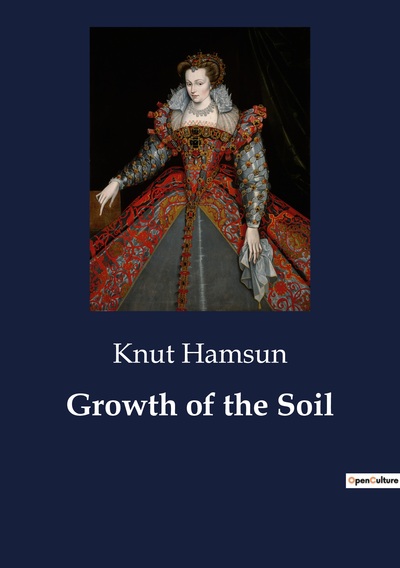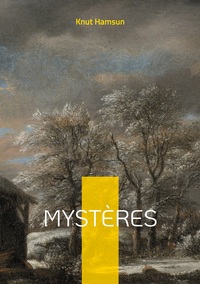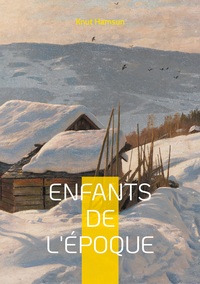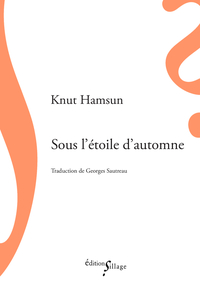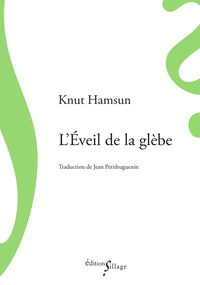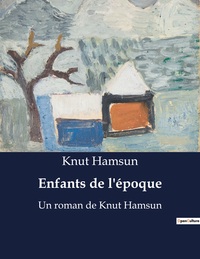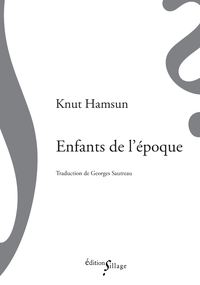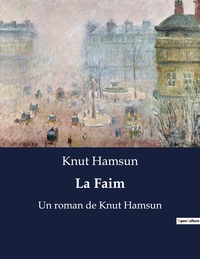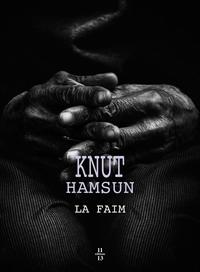Nous utilisons des cookies pour améliorer votre expérience. Pour nous conformer à la nouvelle directive sur la vie privée, nous devons demander votre consentement à l’utilisation de ces cookies. En savoir plus.
Growth of the Soil
EAN : 9791041801596
Édition papier
EAN : 9791041801596
Paru le : 15 juin 2023
29,90 €
28,34 €
Disponible
Pour connaître votre prix et commander, identifiez-vous
Notre engagement qualité
-
 Livraison gratuite
Livraison gratuite
en France sans minimum
de commande -
 Manquants maintenus
Manquants maintenus
en commande
automatiquement -
 Un interlocuteur
Un interlocuteur
unique pour toutes
vos commandes -
 Toutes les licences
Toutes les licences
numériques du marché
au tarif éditeur -
 Assistance téléphonique
Assistance téléphonique
personalisée sur le
numérique -
 Service client
Service client
Du Lundi au vendredi
de 9h à 18h
- EAN13 : 9791041801596
- Réf. éditeur : 290883
- Date Parution : 15 juin 2023
- Disponibilite : Disponible
- Barème de remise : NS
- Nombre de pages : 474
- Format : H:210 mm L:148 mm E:25 mm
- Poids : 608gr
- Résumé : Growth of the Soil was published in 1917 to universal acclaim. A mid- to late-career work for Hamsun, it was celebrated for its then-revolutionary use of literary techniques like stream of consciousness, and for its unadorned depiction of pastoral life. Its focus on the quotidian lives of everyday people has led scholars to classify it as a novel of Norwegian New Realism. Isak, a man so strong and so simple that he echoes a primitive, foundational "everyman," finds an empty plot of land in turn-of-the-century Norway, and builds a small home. He soon attracts a wife, Inger, whose harelip has led her to be ostracized from town life but who is nonetheless a hard and conscientious worker. Together the two earthy beings build a farm and a family, and watch as society and civilization grows and develops around them. Isak and Inger's toils sometimes bring them up against the burgeoning modernity around them, but curiously, the novel is not one driven by a traditional conflict-oriented plot. Instead, the steady progression of life on the farm, with its ups and downs, its trials and joys, makes the people and their growth the novel's main propellant. While the humble, homespun protagonists occasionally come into conflict with the awe-inspiring forces of civilization, more often than not, those forces are portrayed as positive and symbiotic companions to the agrarian lifestyle. Hamsun was awarded the Nobel Prize in Literature in 1920 for Growth of the Soil, one of the rare instances in which the Nobel committee awarded a prize for a specific novel, and not a body of work. It has since come to be regarded as a classic of modernist, and Norwegian, literature.

